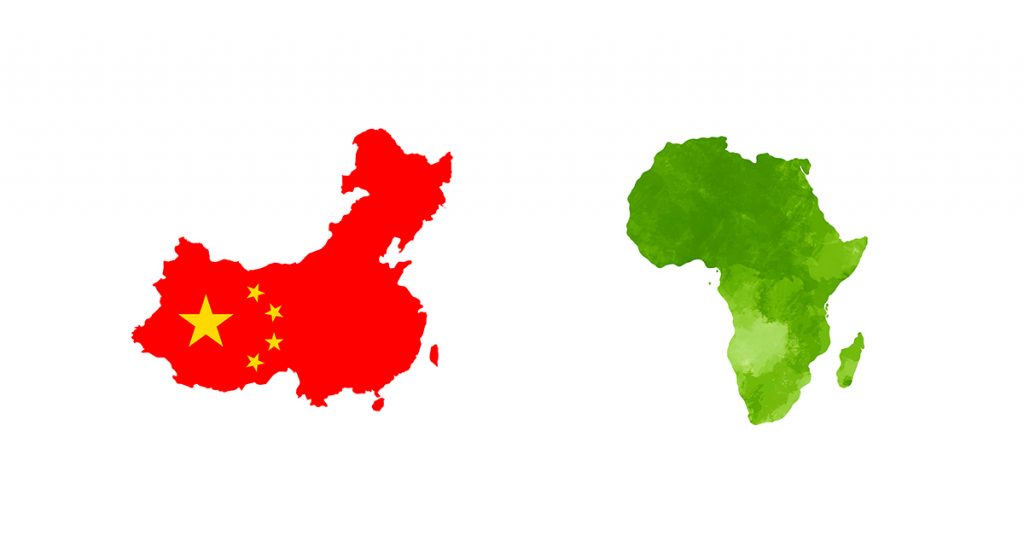In November 2023, during the second Forum on China-Africa Agricultural Cooperation, China committed to a significant target: promoting trade value in agricultural products with Africa to more than $20 billion within the next decade. This target is part of China’s broader strategy to enhance economic ties with Africa, building on commitments made in 2021 during the Eighth Forum on China-Africa Cooperation (FOCAC). These commitments include increasing total trade between Africa and China to $300 billion by 2024 and achieving $300 billion in imports from Africa over three years.
Despite sounding modest in comparison to these broader goals, the $20 billion target is ambitious given that Africa’s agricultural trade with China was worth just $9 billion in 2023, representing only 3 percent of China’s total agricultural imports. Achieving this goal requires more than doubling agricultural exports in six years. However, historical data shows that such growth is possible. Between 2000 and 2018, agricultural trade grew by 965 percent, from $650 million to $6.92 billion. From 2018 to 2023, it grew by 35 percent to $9.35 billion. To reach $20 billion by 2030, trade must grow by 114 percent from 2023 to 2030.
Since FOCAC 8, China has implemented several initiatives to boost agricultural trade with Africa:
- Green Lanes Initiative: This initiative eases African agricultural imports through expedited inspection and quarantine procedures, as well as new sanitary and phytosanitary (SPS) agreements. Sixteen new African agricultural products from 11 countries have benefited from streamlined access to China’s market since FOCAC 8.
- Tariff Reductions: By the end of 2023, 27 African countries with least-developed status had zero-tariff treatment on 98 percent of their exports to China.
- Trade Financing: China committed $10 billion in trade financing for African exports. Notably, in August 2023, China Development Bank and the African Export-Import Bank signed a $400 million loan facility to support African SMEs involved in intra-Africa trade and productive sectors.
- Trade Expos: The 2022 and 2023 China-Africa Economic and Trade Expos in Changsha and Nairobi promoted several African agricultural products, complemented by other government-sponsored livestreams and promotional events.
However, two significant constraints remain:
- Lack of Direct Engagement with African SMEs: FOCAC initiatives have not fully engaged African SMEs and organizations, which are crucial for understanding local farming techniques, agricultural products, and markets.
- Underdeveloped Value Chains and Infrastructure: Insufficient mechanization, reliance on unpredictable rainfall, and underdeveloped value chains hinder agricultural productivity, a challenge exacerbated by climate change.
To make the $20 billion target a reality, several steps are essential, especially with the ninth Forum on China-Africa Cooperation approaching in September:
- Scaled-up Lending for Infrastructure: Increased direct and concessional lending for agricultural infrastructure, including irrigation, post-harvest facilities, and transport.
- Expansion of Green Lanes: Focusing on value-added and finished African agricultural products to improve market entry and competitiveness.
- Recognition of African Geographical Indications: Protecting African GIs like Rooibos tea to elevate their market value in China.
- Investment in Agro-Processing: Providing cheaper equity and debt for Chinese private sector investment in Africa’s agro-processing sector through joint ventures.
- Partnerships Between Banks: Creating a fund to promote technological innovation, agricultural machinery, and support for SMEs through partnerships between Chinese and African banks.
- Leveraging E-Commerce: Boosting sales of branded African products through Chinese e-commerce platforms.
- Aligning with AfCFTA: Expanding duty-free access, especially for value-added products, to enhance regional integration and competitiveness.
In conclusion, achieving the $20 billion target by 2030 requires doubling the current agricultural exports from Africa to China. While ambitious, it is attainable with strategic efforts. FOCAC 9 can serve as a launchpad for the necessary supportive actions, potentially enabling China and Africa not just to reach but also surpass this goal.

